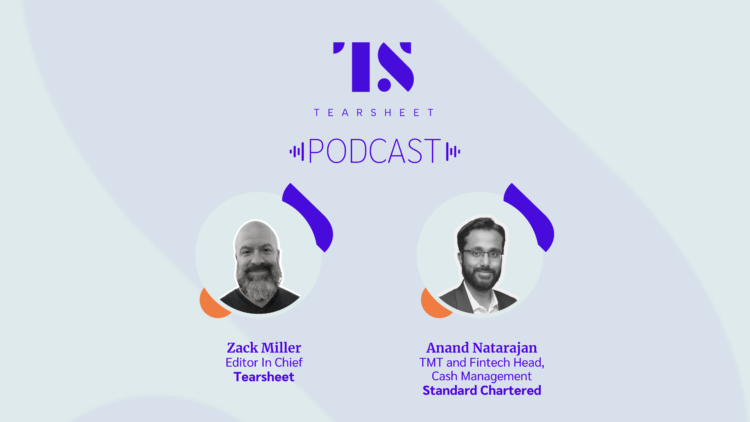Podcasts
Surveying global banking and niche payments with Standard Chartered’s Anand Natarajan
- There's a growing trend of large, established banks doing deeper, more integrated work for clients with international footprints.
- We're joined on the podcast today by Anand Natarajan, who leads treasury services for the TMT and fintech sector for Standard Chartered Bank.








